Examination
- History: A history is likely to elicit the presence of pain, numbness, tingling, bowel or bladder dysfunction, and leg weakness.
- Physical examination: Cutaneous markers, weakness, long tract signs, reflexes, and sphincter tone should be noted.
Laboratory Tests
- Urinalysis: Urinary analysis may be helpful in the presence of fevers or if a urinary tract infection is suspected.
- Routine preoperative laboratory tests
Radiologic Tests
Regular x-rays, ultrasound, etc.
- Ultrasound: An ultrasound of the spine can be done when the child is younger than 6 months as a screening to determine the level of the conus. Movement (or lack thereof) of the conus can also be evaluated as a sign for potential tethering.
CT scans
CT of spine should be performed if bony anomalies are present. A CT myelogram may be helpful if MRI is unavailable. A bony spicule in the split cord may be visualized.
MRI
MRI is the study of choice to evaluate the position of the conus and the pertinent surgical anatomy. Prone MRI may help differentiate if the cord is tethered or not. The cord would normally be expected to fall ventrally with gravity when the body is in the prone position unless the cord is tethered. No change in the dorsal ventral cord position suggests a tethered cord.

T2-weighted MRI of tethered spinal cord: Shown is conus tethered at the S1-S2 level of the spine

T1-weighted MRI of spinal cord tethered by a lipomyelomeningocele: Shown is the spinal cord with an intradural lipoma leaving its dorsal surface at L2-3.
Nuclear Medicine Tests
No nuclear medicine tests are used.
Electrodiagnostic Tests
- Urological assessment: Urodynamic studies may be needed if there are bowel/bladder issues. EMG study of the bladder may be used to measure detrusor muscle activity during voiding. This aids in the diagnosis of detrusor-sphincter dys-synergy. Disadvantages are expense and discomfort.
Neuropsychological Tests
No neuropsychological tests are indicated.
Correlation of Tests
- Physical examination, urodynamic testing, and imaging: A complete examination including urodynamic and radiographic evaluations should be taken into consideration when developing a provisional diagnosis. The presence of progressive lower extremity weakness along with radiological suggestion of a tethered cord should be rapidly evaluated and consideration given to surgery.
Please create a free account or log in to read 'Evaluation of Occult Spina Bifida and Tethered Cord Syndrome in Children'
Registration is free, quick and easy. Register and complete your profile and get access to the following:
- Full unrestricted access to The ISPN Guide
- Download pages as PDFs for offline viewing
- Create and manage page bookmarks
- Access to new and improved on-page references

